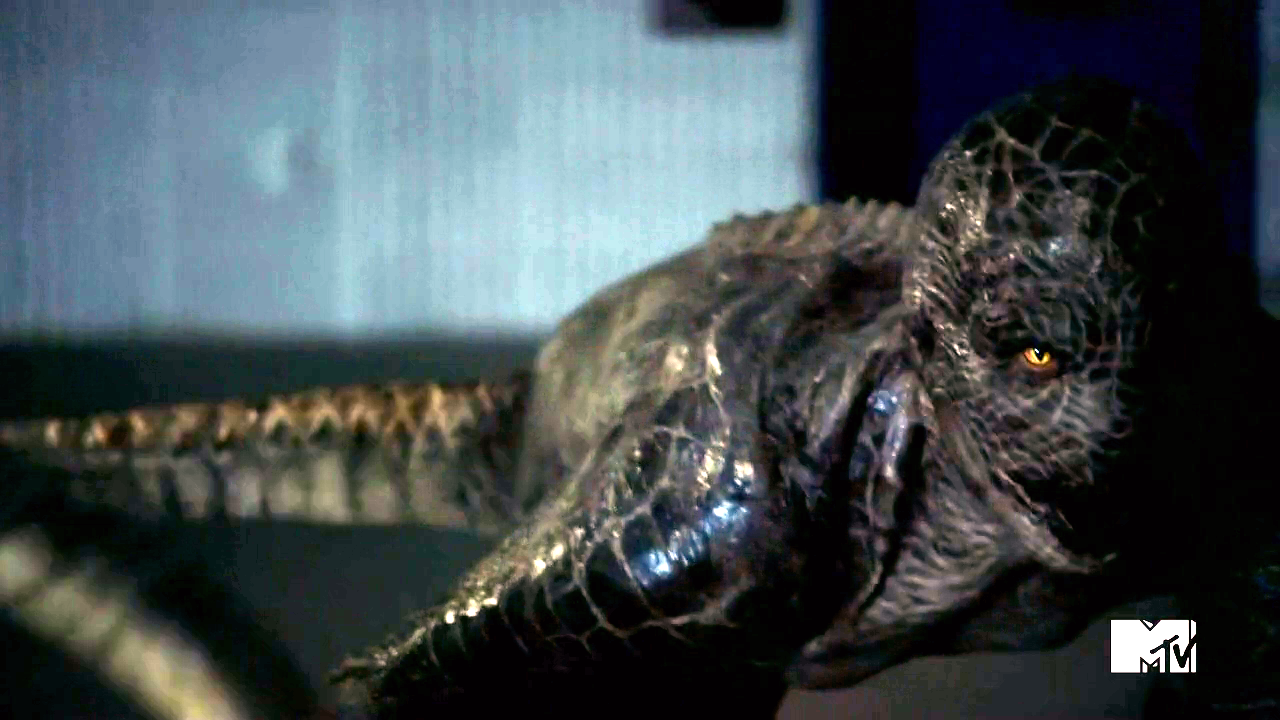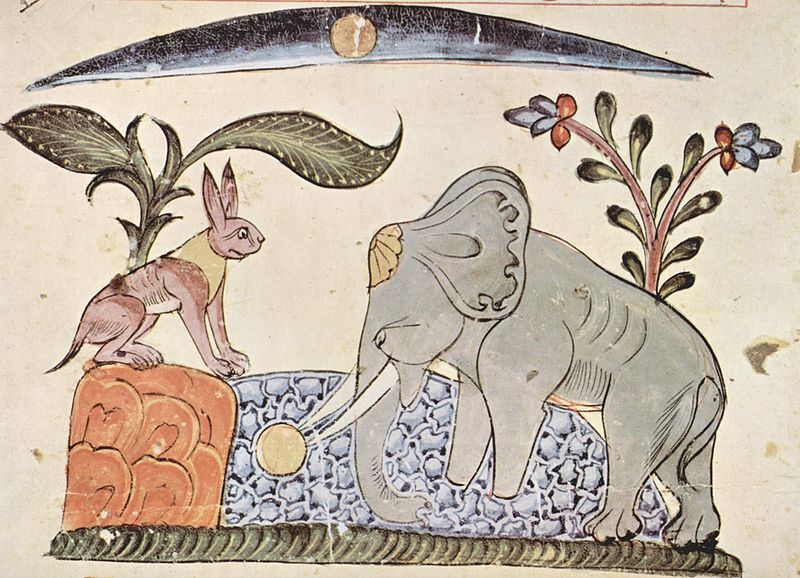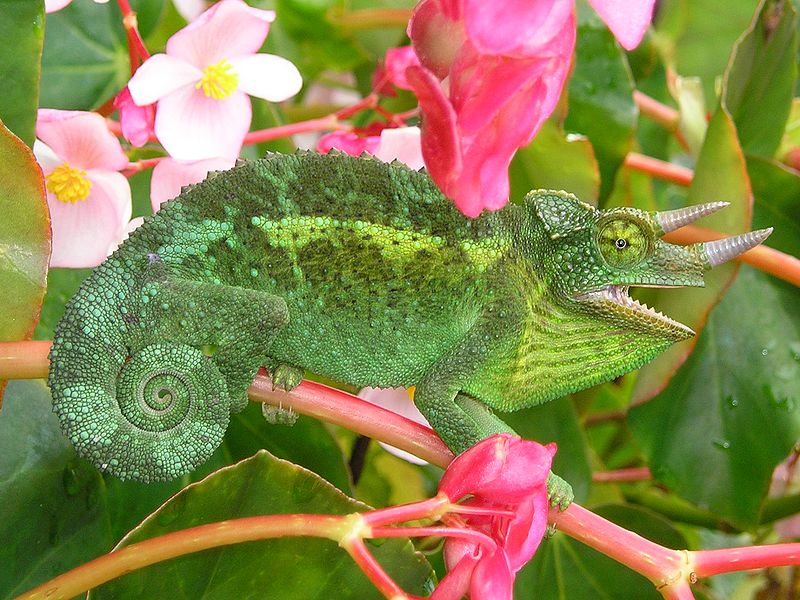Holes  |
| 2003 Shia LaBeouf as Stanley Yelnats IV covered in the deadly "yellow-spotted lizards." This lizard doesn't actually exist, the ones you see here are bearded dragons with makeup for the spots. |
 |
| A central bearded dragon, the most likely species of bearded dragon used in the movie. This lizard to not as big as it appears, which kind of threw me off. |
Teen Wolf
 |
| 2012 The character Jackson (Colton Haynes) seen as a kanima, which looks lizard-ish... definitely reptile like. Similar to The Lizard in The Amazing Spider-Man comic, also no idea what species this was based off of, he's got some ridges on his back though. Cirque du Soleil Cali in the Cirque du Soleil production of Amaluna. I just saw it and it is amazing! I was so excited to see a lizard/human character. The story is based off of Shakespeare's The Tempest. If you ever get the chance to go to Cirque du Soleil I highly recommend it.
To see more pictures like these check out my Lizard in Society page.
|














